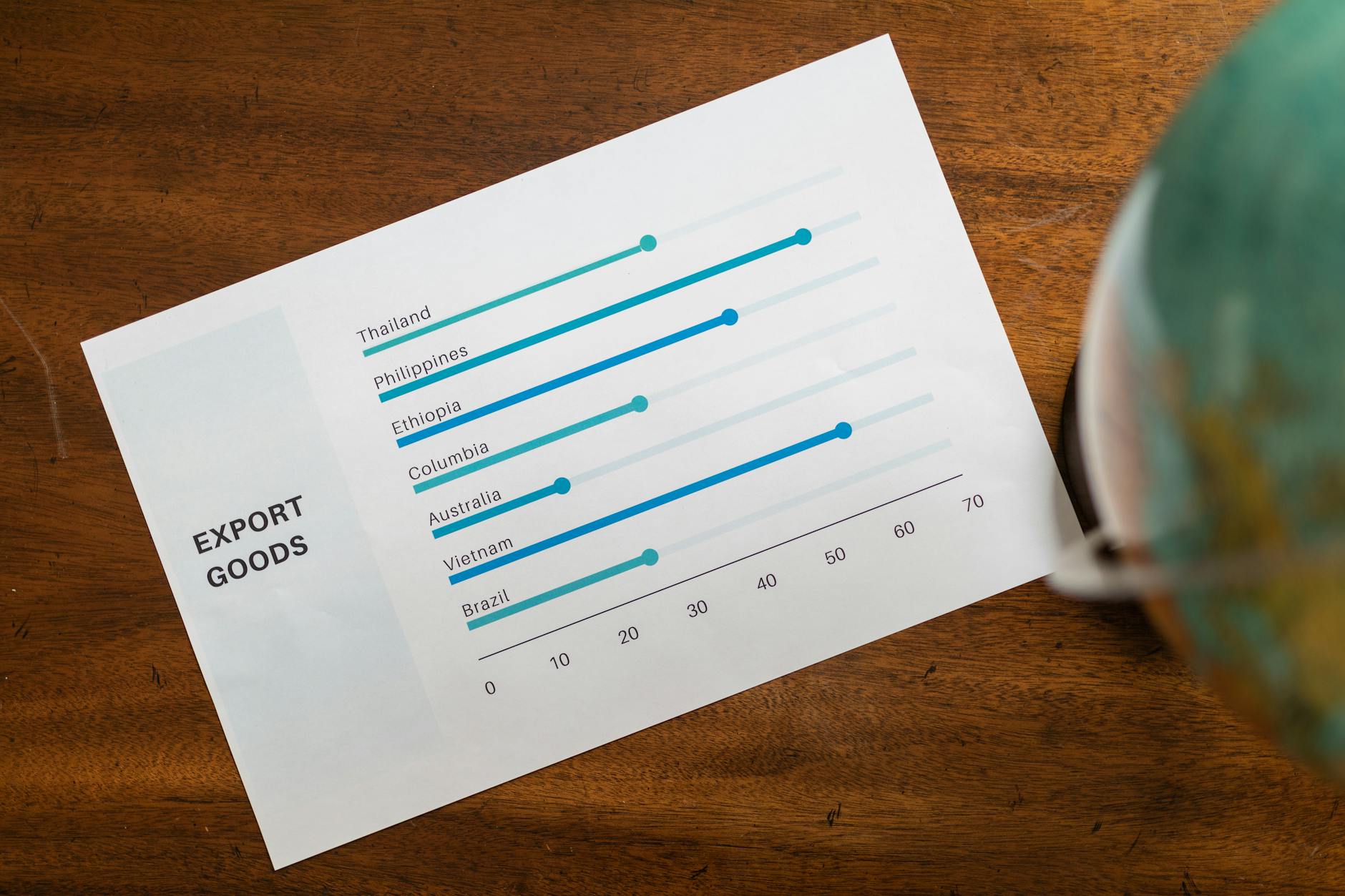Australia's Stance: Is Staying Neutral the Right Move?
Australia Refuses to Join China in Fighting US Tariffs
The ongoing tug-of-war involving the United States, China, and other key economies like Australia has taken another twist. Recently, Australia firmly declined China's proposal to cooperate against U.S. tariffs, signaling a strategic decision to safeguard its own economic interests. This development reflects deep-seated geopolitical and economic dynamics, where trade takes center stage in power politics.
Australia's Stance: A Closer Look
Australian Deputy Prime Minister Richard Marles was clear in his response to China's offer, stating that Australia would not form a coalition with China to resist U.S. tariffs. But why this firm stance? This decision aligns with Australia's broader approach of maintaining economic and strategic independence while avoiding direct confrontation with its closest allies.
Australia-China Relations: Historical Context
Australia and China share a complex relationship rooted in trade dynamism and political friction. China is Australia’s largest trading partner, accounting for significant exports such as iron ore, coal, and agricultural products. However, political tensions have worsened in recent years. For instance, Australia's decision to ban Huawei from its 5G network rollout in 2018 strained bilateral ties further. While trade relations are mutually beneficial, Canberra has always kept a cautious eye on Beijing’s regional ambitions.
Read more about Australia's rejection of China's offer here.
Australia’s Economic Alignment with the US
Australia’s deep economic and defense ties with the U.S. play a significant role in its trade policies. The U.S.-Australia Alliance is a cornerstone of their bilateral relationship, underpinned by shared democratic values and mutual strategic interests. By refusing to side with China, Australia seems intent on reinforcing its alignment with the U.S. – a key ally both militarily and economically.
The Implications of US Tariffs on China
The tariff policies introduced by the United States, including an unprecedented 145% levy on specific Chinese exports, have sent shockwaves through the global economy. For Australia, those tariffs raise significant questions about its strategic and economic positioning.

Photo by RDNE Stock project.
Global Trade Shifts Due to US Tariffs
Global trade is reshaping rapidly, with nations moving to diversify their supply chains away from China. Australia, for its part, is exploring alternatives such as increased trade agreements with nations like India and Japan. Free trade deals like the Comprehensive and Progressive Agreement for Trans-Pacific Partnership (CPTPP) further secure Australia’s position as a key player in global trade.
Impact on Australia's Key Export Sectors
Australia's resource-heavy economy feels indirect ripples from U.S. tariffs on China. For instance, the competition for markets in iron ore and coal has intensified as China seeks alternative sources, affecting Australian exporters. According to economists, Australia's mining and agriculture sectors are especially vulnerable to fluctuations in Chinese demand influenced by trade conflicts.
Geopolitical Dynamics and Strategic Calculations
Beyond economics, Australia’s refusal to align with China reflects broader geopolitical calculations. As tensions between the U.S. and China intensify, Australia is navigating through a delicate balance of fostering its economic prosperity while safeguarding national security.
Australia’s Diplomatic Balancing Act
Canberra has avoided overtly siding with either the U.S. or China. While tilting closer to the U.S. geopolitically, Australia continues to maintain substantial trade ties with China. This balancing act is a crucial element of Australia's foreign policy, ensuring it remains an independent voice in the Indo-Pacific region.
The Role of Quad and Other Alliances
Australia’s participation in strategic groupings like the Quadrilateral Security Dialogue (Quad) underscores its emphasis on multilateral diplomacy. Partnerships with Japan, India, and the U.S. allow Australia to counterbalance China’s rise while collectively addressing shared challenges, including trade disruptions and security concerns.
Learn more about these strategic dynamics here.
Conclusion
Australia's refusal to unite with China against U.S. tariffs reflects a pragmatic approach to its trade and diplomatic policies. By prioritizing strong alliances with the U.S. while maintaining critical trade relations with China, Australia ensures its long-term national interests. This strategy not only helps Australia navigate turbulent trade waters but also positions it as an agile player in the global economic and geopolitical landscape.
Hashtags:
#AustraliaTrade #Geopolitics #USChinaTensions #TradeWar #AustraliaChina #GlobalEconomy







